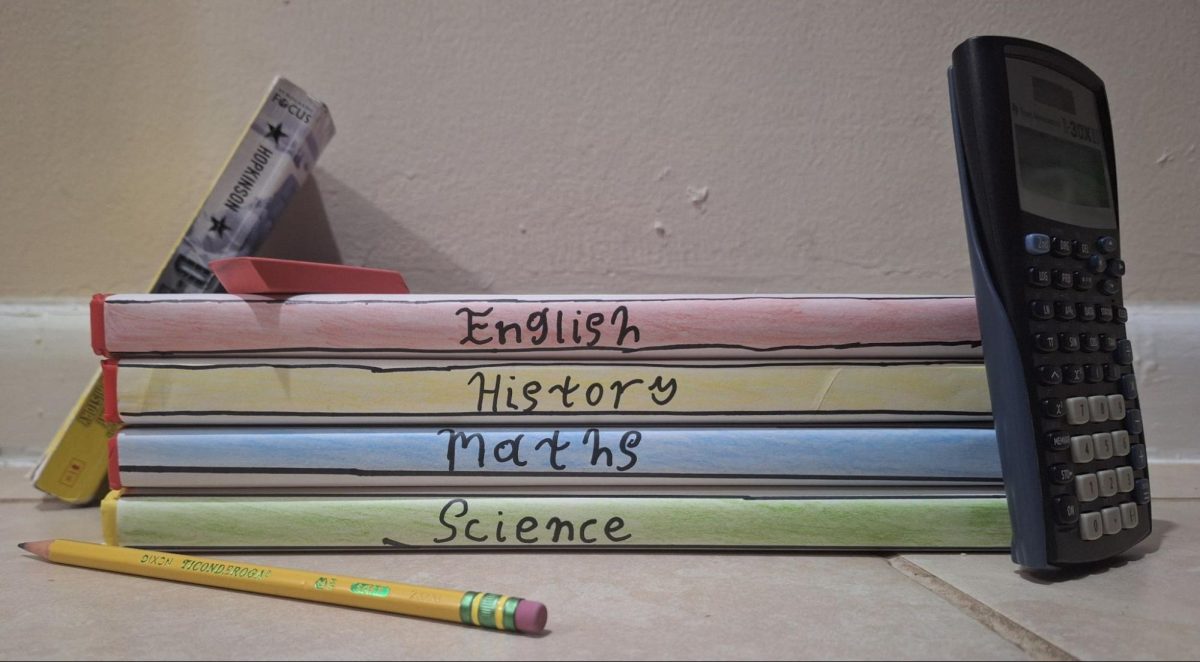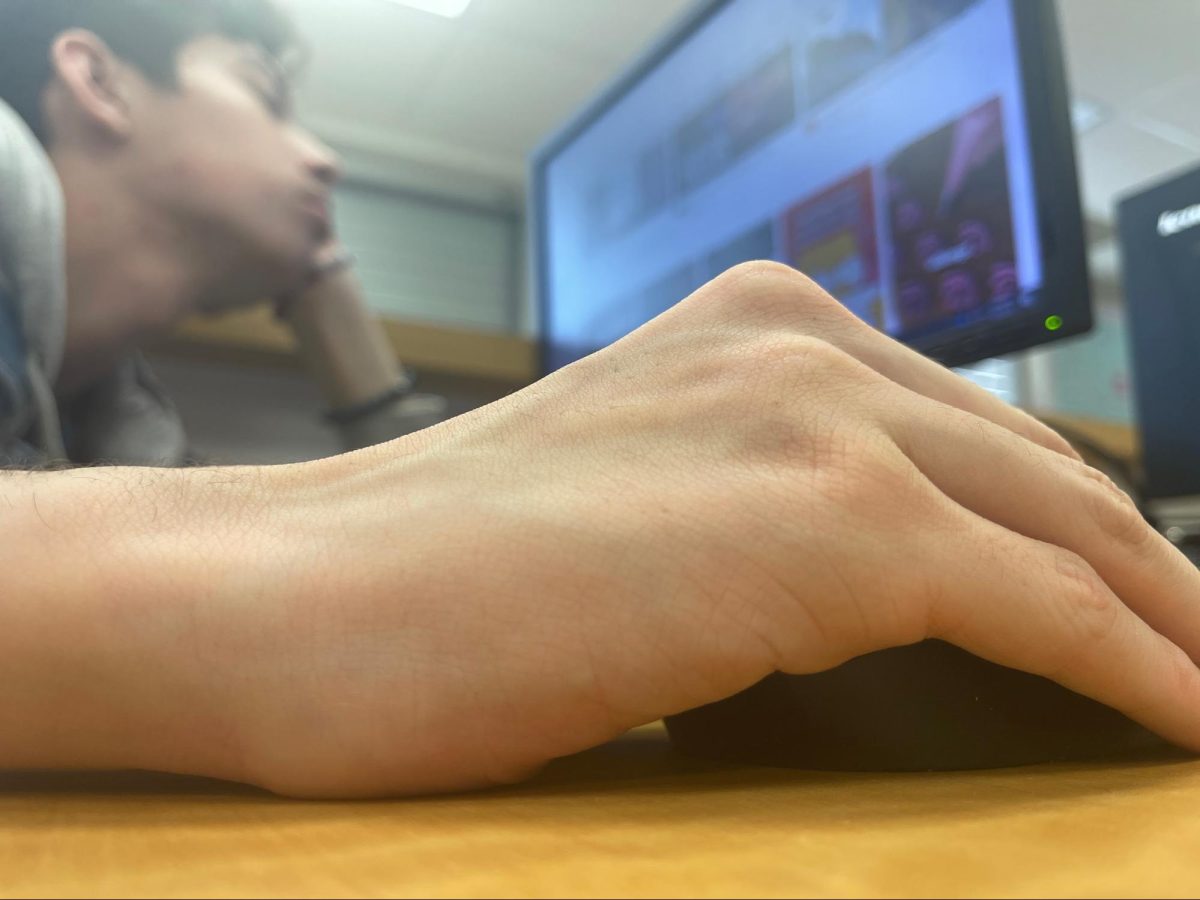College application fees can be expensive, usually ranging from $30 to $100 depending on the school. For students applying to multiple colleges, these costs add up fast. But if you don’t get accepted, shouldn’t you get some of that money back?
“Why do I have to pay to apply for a school? And where does my money even go?” says Jahaira Flores, a senior.
Colleges charge application fees to cover the cost of reviewing applications, processing paperwork, and running the admissions process. Since the school is still putting in work to review each application, the fee is necessary even if the student gets rejected.
From a student’s perspective, it can feel very unfair to pay so much money just to receive a rejection letter. Applying to college is already stressful and expensive, and not everyone qualifies for fee waivers. A partial refund could help students feel like their money isn’t just disappearing, especially if they’re applying to a lot of schools.
One possible solution is for colleges to refund a small percentage of the fee if a student isn’t accepted. That way, schools can still cover their costs, but students don’t feel like they wasted their money.
Although application fees aren’t likely to go away, colleges could consider making the process a little more fair. Even a small refund could make a difference for students trying to afford the cost of applying to their dream schools.
Some schools receive tens of thousands of applications but only accept a fraction of students. This means they collect millions in fees, far more than what’s needed to process applications. If schools are profiting from rejections, it raises the question of whether fees should be adjusted or partially refunded.
In addition, in a fairer system, they would consider both the costs for schools and the financial burden on students. Colleges should explore ways to make the application process more affordable so that no student feels discouraged from applying due to high fees.
“I spent hundreds of dollars on applications due to me not having a waiver and I didn’t even get into my top schools,” says Mia Davis, another high school senior. “It feels like a waste of money.”
Another approach could be making application fees more transparent. If students knew exactly how their money was being used, they might feel less frustrated by the cost. Schools could also consider a tiered fee system, where students who demonstrate financial need pay less or receive automatic partial refunds upon rejection.
The goal should be to ensure that college applications remain accessible to all students, regardless of financial background. A more balanced system would allow schools to cover their expenses while also acknowledging the financial strain on students. If more colleges took steps to ease this burden, applying to college might feel like less of a financial gamble and more of an investment in the future.









